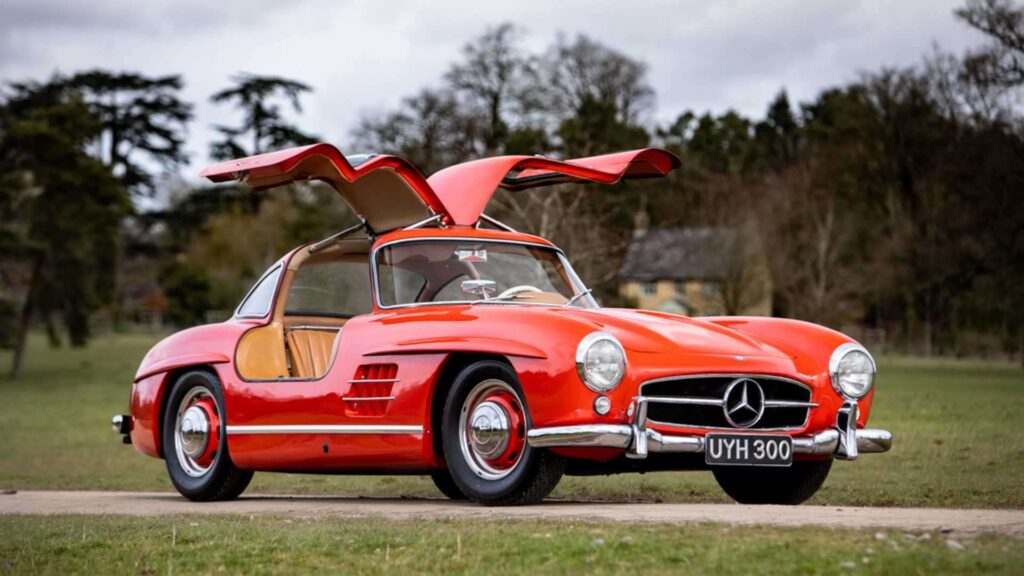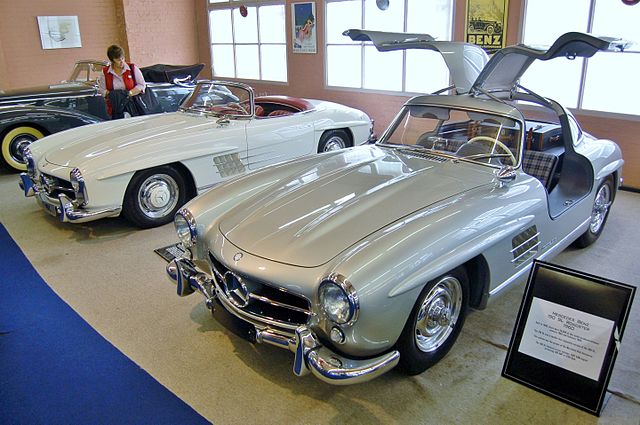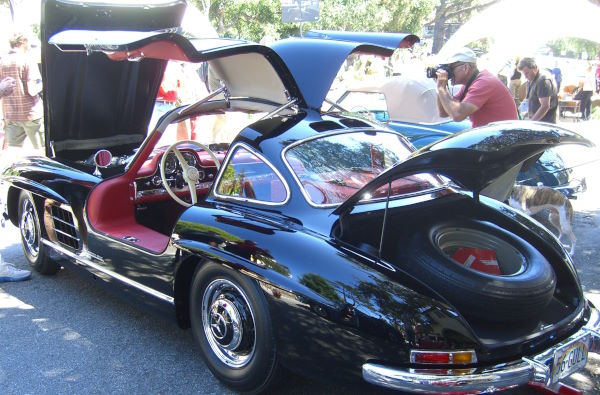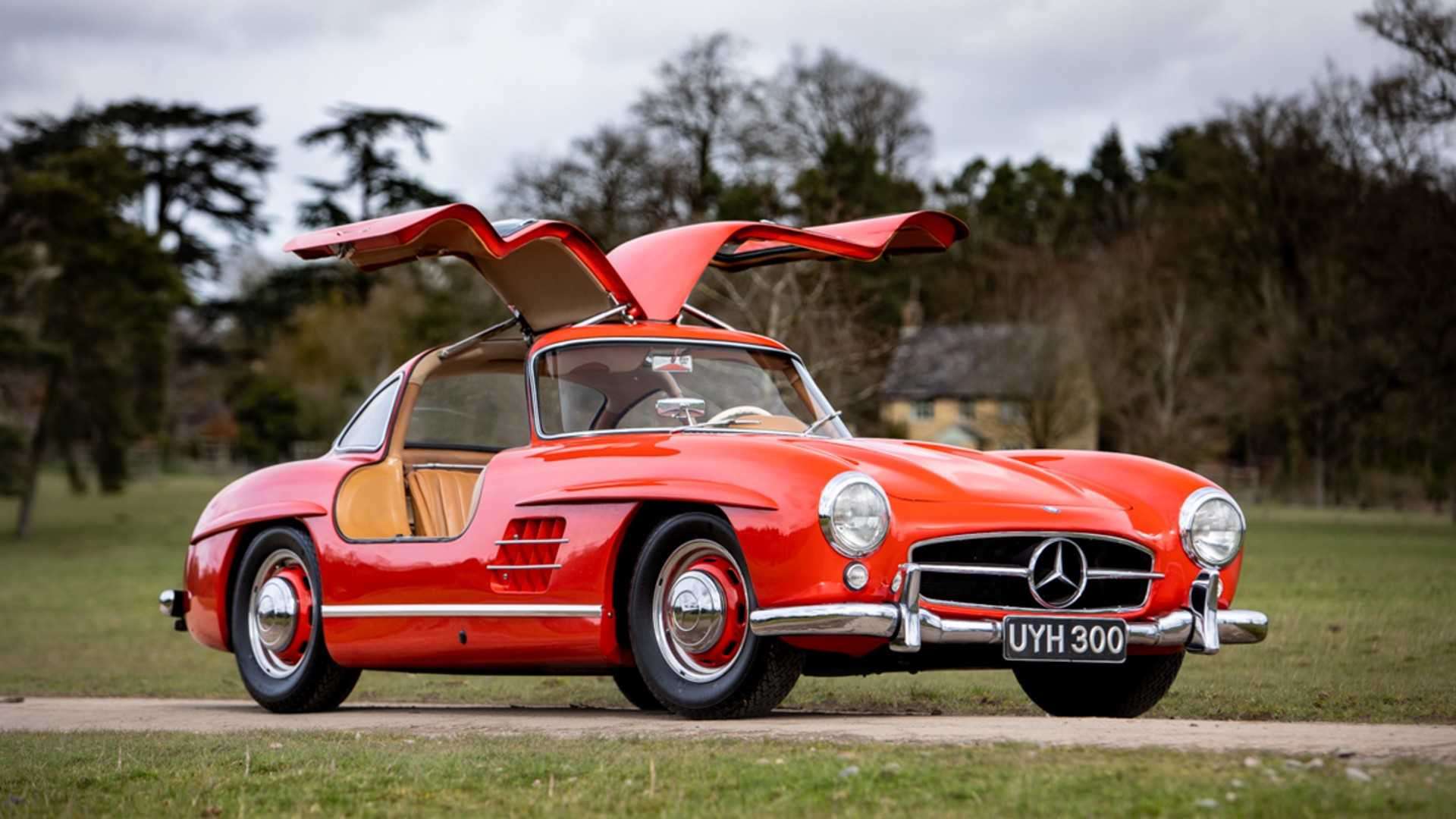
The Mercedes-Benz 300 SL Coupe, produced between 1954 and 1957, remains one of the most iconic and revered vehicles in automotive history. Renowned for its distinctive gullwing doors, advanced engineering, and remarkable performance, the 300 SL Coupe set new benchmarks in design and technology that influenced the automotive industry for decades.
This article delves into the fascinating story of the Mercedes-Benz 300 SL Coupe, exploring its origins, design innovations, performance characteristics, legacy, and its enduring appeal among classic car enthusiasts.
Origins and Development

The genesis of the Mercedes-Benz 300 SL Coupe traces back to the early 1950s, born out of the desire for a high-performance sports car that could excel both on the racetrack and as a luxurious road car.
The project was spearheaded by Mercedes-Benz’s then-head of testing, Rudolf Uhlenhaut, who envisioned a vehicle that combined aerodynamic efficiency with a powerful engine, leveraging the company’s success in motorsport to influence its design and engineering.
The “SL” in its name stands for “Sport Leicht” or “Sport Light,” highlighting the emphasis on reducing weight to improve performance. This focus on lightweight construction led to the use of a tubular space frame chassis, a revolutionary design choice that significantly reduced weight while maintaining structural integrity.
However, this frame design necessitated the use of the car’s most distinctive feature: its upward-opening gullwing doors.
Design and Innovation

The Mercedes-Benz 300 SL Coupe was a marvel of automotive design and innovation. Its gullwing doors were not just a stylistic choice but a functional necessity due to the car’s space frame chassis, which featured high sills that made conventional doors impractical.
This feature alone made the 300 SL stand out, but it was just one of many innovations.
The bodywork was aerodynamically optimized for reduced drag and improved stability at high speeds, a testament to Mercedes-Benz’s commitment to blending form and function. The interior of the 300 SL was equally impressive, offering a level of comfort and luxury that was rare for sports cars at the time, making it a favorite among affluent buyers who demanded both performance and elegance.
Under the hood, the 300 SL Coupe was powered by a 3.0-liter inline six-cylinder engine, equipped with Bosch mechanical direct fuel injection—a first for a production car.
This technology allowed for higher compression ratios, resulting in more power and efficiency. The engine produced 215 horsepower, enabling the car to reach top speeds of up to 260 km/h (161 mph), an astonishing feat for its era.
Performance and Racing Heritage

The Mercedes-Benz 300 SL’s performance on the road and racetrack was unparalleled in its time. Before its introduction as a production model, the 300 SL had already proven its mettle in competition, winning the grueling Carrera Panamericana and the Le Mans 24 Hours in 1952.
These victories not only demonstrated the car’s capabilities but also helped cement Mercedes-Benz’s reputation in motorsport.
The production version of the 300 SL continued this legacy of performance, offering driving dynamics that were ahead of its time. Its acceleration, top speed, and handling were unmatched by most contemporaries, making it a favorite among racing enthusiasts and a frequent sight at motorsport events well beyond its production years.
Legacy and Collectibility

Today, the Mercedes-Benz 300 SL Coupe is celebrated as one of the most important and collectible cars in the world. Its pioneering design, technological innovations, and racing pedigree have earned it a permanent place in the pantheon of automotive legends.
The 300 SL’s influence can be seen in many sports cars that followed, with its emphasis on lightweight construction, aerodynamics, and high performance becoming guiding principles for the industry.
The value of the 300 SL Coupe has soared in the collector car market, with pristine examples fetching multimillion-dollar prices at auction. Its iconic status, coupled with its rarity—only 1,400 units were produced—makes it a highly sought-after piece among classic car collectors and enthusiasts.
Enduring Appeal
The Mercedes-Benz 300 SL Coupe’s enduring appeal lies not only in its groundbreaking design and performance but also in its ability to evoke a sense of nostalgia for an era when cars were not just modes of transportation but works of art.
The 300 SL represents a time when innovation, craftsmanship, and passion drove automotive design, resulting in a vehicle that transcends its mechanical purpose to become a symbol of beauty, aspiration, and excellence.
For many, the 300 SL Coupe is more than just a car; it’s a testament to human ingenuity and a reminder of the golden age of motoring. Its legacy continues to inspire both car makers and enthusiasts, ensuring that the Mercedes-Benz 300 SL Coupe will remain a revered and beloved icon for generations to come.

